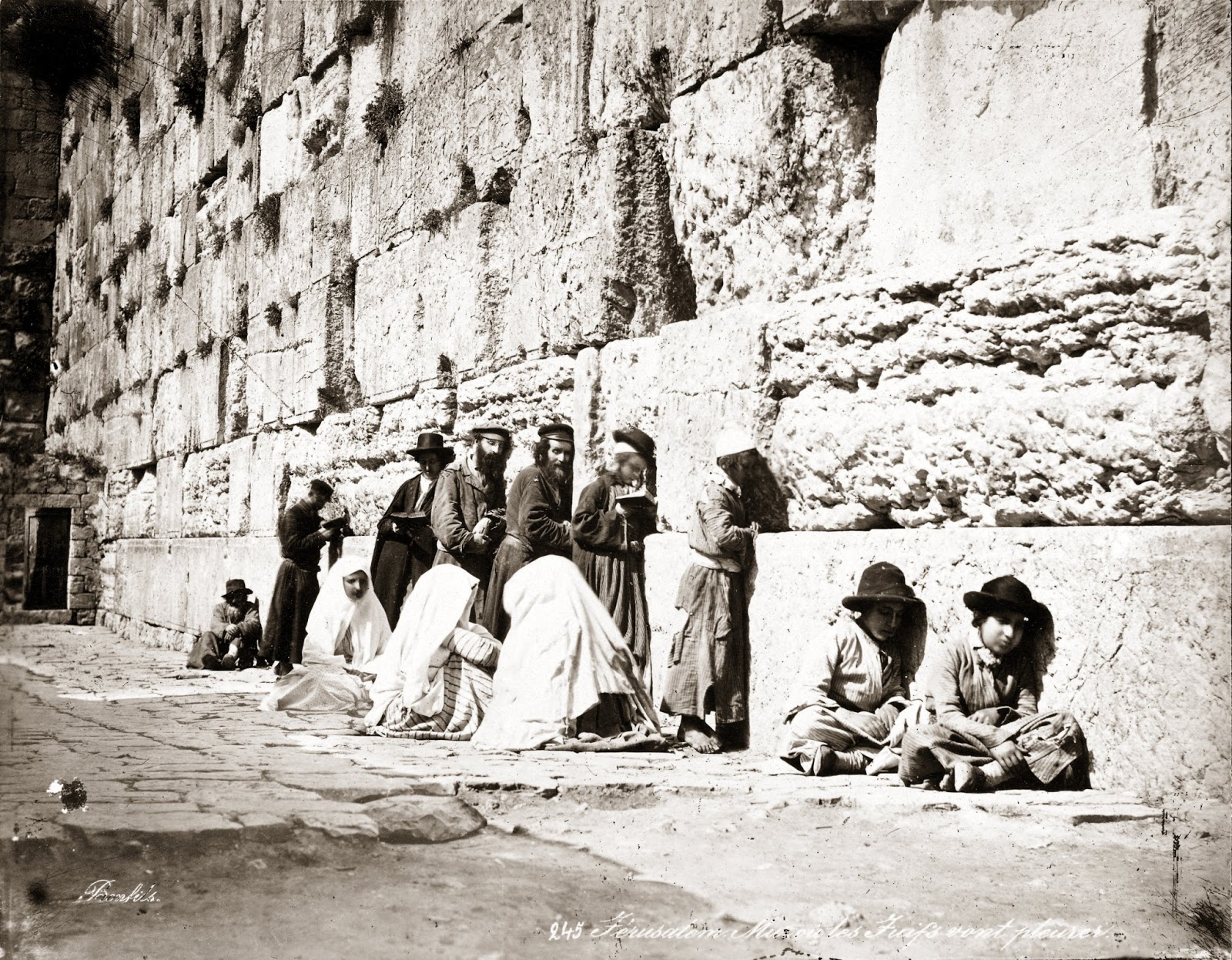I became your enemy because I tell you the truth
Jacob Sivak details here how Jews have lived continuously in what is now the state of Israel for 3,000 years.
Evidence from the Cairo Genizah, and the writings of the Spanish-Jewish traveler Benjamin of Tudela, indicate that Jews continued to inhabit a number of towns, including Jerusalem, after the Byzantine defeat by the Arabs under Omar Ibn Al Khattab in 637, and even during Crusader rule. In fact, the 12th century witnessed an upsurge in Jewish immigration from Europe; 300 rabbis from England and France, including a number of prominent Tosafists, immigrated to the Holy land in 1211, while the noted Spanish rabbi and philosopher Nachmanides (the Ramban) made aliyah in 1267.
The Cairo Genizah contains nearly 400,000 Jewish manuscript fragments that were kept in the genizah or storeroom of the Ben Ezra Synagogue in Fustat or Old Cairo, Egypt.
These manuscripts span the entire period of Middle Eastern, North African, and Andalusian Jewish history between the 6th and 19th centuries CE, and comprise the largest and most diverse collection of medieval manuscripts in the world. They provide detailed proof that Jews were living in, were born and buried in, or made aliyah to, the Land of Israel, not only under the Byzantines, but under the Arab rule that began after the defeat of the Byzantines in 637 A.D. The geniza papers show Jews living in Eretz Israel right through the period of the Crusader states, also known as Outremer, four Catholic realms in the Middle East that lasted from 1098 to 1291.
There were Jews living in Palestine when the first Crusaders arrived in mid-1099 to lay siege to Jerusalem. On July 14-15, 1099, after a five-week siege, the knights of the First Crusade and their rabble army captured Jerusalem, massacring most of the city’s non-Christian inhabitants. Barricaded in their synagogues, the Jews defended their quarter, only to be burnt to death or sold into slavery. But there were many other Jews, throughout the Land of Israel, who managed to survive and continued to live in Eretz Israel. In fact, with the opening of transportation routes from Europe by the Crusaders, increasing numbers of Jews sought to return to their homeland. Documents of the period indicate that 300 rabbis from France and England arrived in a group, with some settling in Acre, then a major port, and others in Jerusalem.
When the Jewish traveller Benjamin of Tudela went to the Land of Israel in about 1170 A.D., he carefully noted the presence of many Jews, and described their manner of life in detail in his Travels of Benjamin. This is more proof that even after the Crusades, in which Jews had been massacred by the Crusaders, the Jews were still holding on in Eretz Israel., and more were arriving – like those 300 rabbis from England and France who came as a single group – every month.
Archeological ruins point to the establishment of more than 80 synagogues, particularly in the Galilee, during the six centuries after the destruction of the Temple. After Masada, the Jewish population was substantial enough for three serious revolts against Roman or Byzantine rule to occur; the last one, against the Emperor Heraclius, was in the seventh century.
The Jewish population increased and decreased as a function of immigration, natural disasters, and disease. The expulsions from Spain (1492) and Portugal (1497) led to the establishment of a sizable 16th century Jewish community in Tzfat (Safed), one that became a major Judaic center, as well as an important focus for the wool trade and the textile industry….
The evidence from archeological sites, including many synagogues erected throughout the centuries, the testimony of historians such as Josephus, and of travelers such as Benjamin of Toledo (Tudela), the Jewish gravestones in the Mount of Olives cemetery that record the deaths of Jews in Eretz Israel during the last 3,000 years, the Jewish victims of the Crusaders in 1099 , the Jews who over the centuries continuously made aliyah to Eretz Israel – all this disproves the notion spread by Arab propaganda that the Jews arrived in Palestine beginning at the end of the 19rth century, and settled in a land that for two millennia had been without Jews, and now belonged, by right, to the Arabs. The Land of Israel never was totally emptied of its Jews. Long before Herzl, every Jew who remained in Eretz Israel, or made aliyah to it, was, in his essence, a Zionist.
Long before Herzl, every Jew who remained in Eretz Israel was in his essence a Zionist
Michael Loyman
